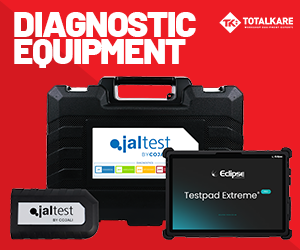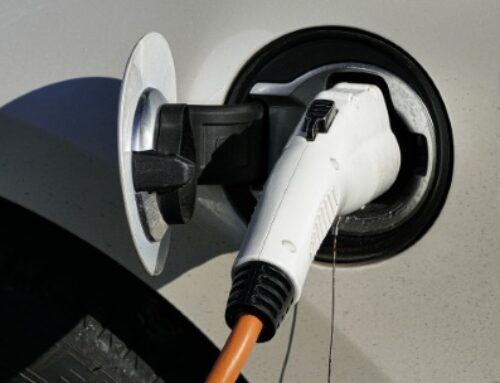Euro NCAP gives insight into truck safety standards
The expansion of Euro NCAP safety standards into the heavy truck sector was covered at Logistics UK’s Fleet Engineer conference by the organisation’s director of strategic development, Matthew Avery.
He explained that a vehicle could meet European Type Approval standards, but still score zero stars for safety in a Euro NCAP assessment. The bar had always been deliberately set high to encourage manufacturers to do better.
He pointed out that it wasn’t always premium manufacturers setting the highest standards first. He reminded the conference that the first car to be awarded five stars by NCAP for crash safety wasn’t a Volvo or a Mercedes- Benz, but the middle-market Renault Laguna.
NCAP had started off assessing passive safety in crash tests, but was now looking at active safety such as collision avoidance too.
Historically, commercial vehicles had been the poor relations when it came to safety, but the situation was changing.
“In 2019, Nissan cars were scoring five stars, while Nissan vans were zero stars,” he pointed out.
“But by 2024 most vans were achieving four or five stars, well above and beyond legislative standards.”
Euro NCAP was not yet crash-testing trucks to assess how well they protected their occupants, but was instead concentrating on the risk to those who might be hit by a truck in its initial assessments.
“On city trucks the important thing is to protect vulnerable road users, while on rural major roads it is car occupants.”
The European vehicle manufacturers had displayed varying attitudes to Euro NCAP, said Mr Avery, but he confirmed that the Chinese truck makers were showing great interest in the rating scheme, with half the domestic players in the Chinese market already submitting designs for assessment.
Matthew Avery said that one of the biggest recent advances in active safety for trucks was the replacement of conventional mirrors with camera systems.
“Fewer collisions are reported after these are installed. They are far better than mirrors in dark or wet conditions, and better all round once the driver is used to them. This usually only takes about an hour!” he reported.













